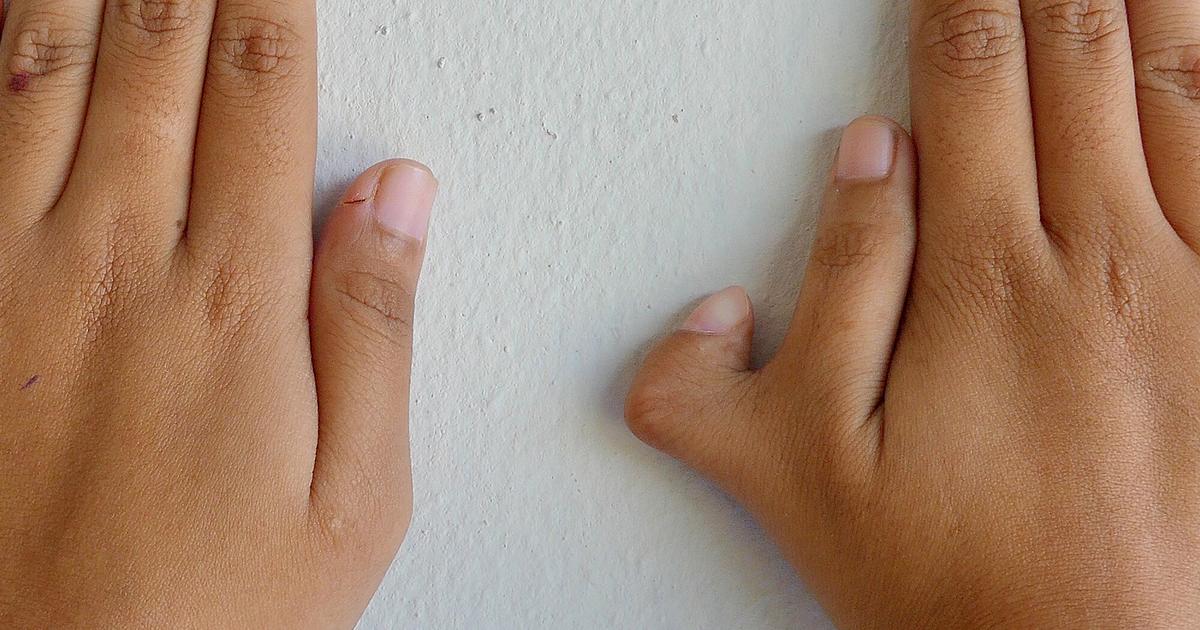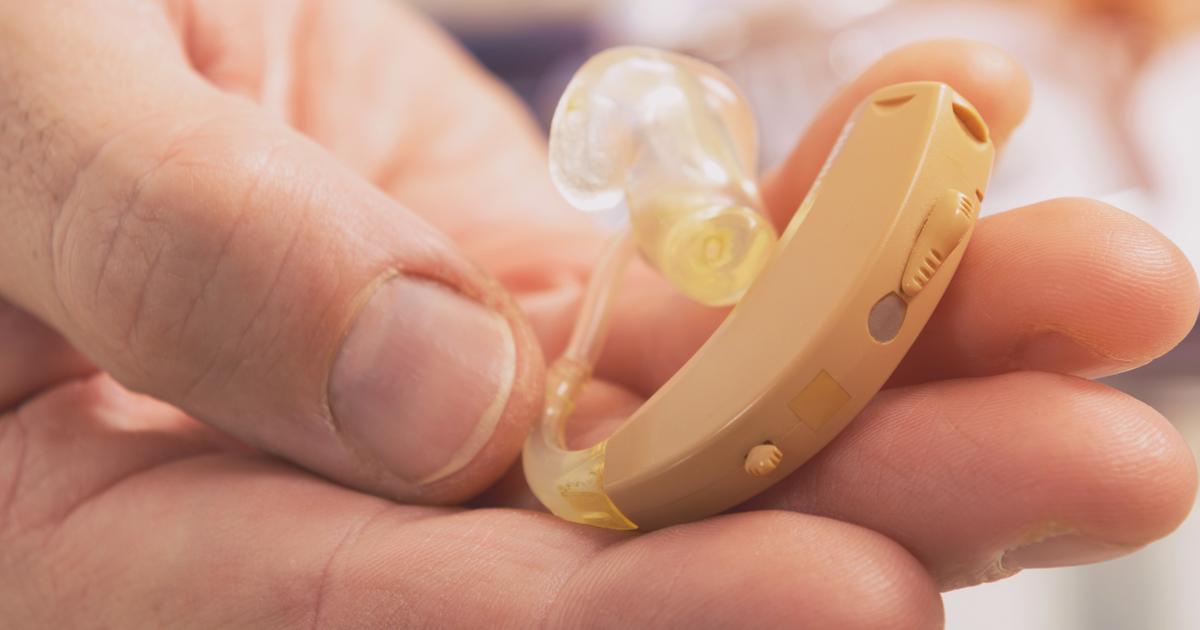Warning Signs Of Carpenter Syndrome
Carpenter syndrome is a disorder characterized by the early fusion of a number of an individual's skull bones, deformities of the toes and fingers, and several other issues with development. Carpenter syndrome is the result of certain inherited genetic mutations that occur in the MEGF8 gene on chromosome 19 and the RAB23 gene on chromosome 6. A physical examination that reveals characteristic deformities and features along with a genetic workup to identify mutations in the RAB23 gene and MEGF8 gene is utilized to diagnose Carpenter syndrome. In the majority of Carpenter syndrome cases, surgery is required to treat the abnormalities in the skull to prevent complications. Surgery to improve the function of other affected body parts like the fingers and toes may be necessary in some cases. Physical, speech, and occupational therapy are also treatment methods used in affected individuals.
Get familiar with the key warning signs of Carpenter syndrome now.
Skull Abnormalities

The hallmark sign of Carpenter syndrome is skull abnormalities present during infancy. A healthy individual has bones in their skull that do not fully fuse to one another until they are around two years old. The skull of an infant contains seven different bones not fused to each other because the brain needs space to be able to grow without the restrictions or limitations of a fully fused skull. However, Carpenter syndrome patients can experience the premature fusing of the skull's fibrous joints, a process referred to as craniosynostosis. As a result of craniosynostosis, the patient has a head that grows irregularly and causes the skull to appear pointed at the top. The abnormalities that occur in the skull of a Carpenter syndrome patient can cause long-term damage to brain tissues. Most severe cases of craniosynostosis are treated within the first six to twelve months of the patient's life. Because the skull continues to grow and change throughout an individual's childhood and adolescence, those affected by Carpenter syndrome may need to have numerous cranial surgeries as they age.
Keep reading to reveal more symptoms of Carpenter syndrome now.
Abnormalities In The Fingers And Toes

A Carpenter syndrome patient may exhibit abnormalities in their fingers and toes, specifically abnormally short toes or fingers, a condition often referred to as brachydactyly. This malformation of the digits is caused by the absence of the middle phalanges or the middle bones in the fingers and toes. Some of the patient's fingers and toes may have soft tissues that partially or fully fuse the digits to each other or what is referred to as cutaneous syndactyly. In some cases, a Carpenter syndrome patient will be born with one or more extra toes or supernumerary toes. Additionally, a patient can be born with extra fingers, which is known as polydactyly. Other abnormalities in the fingers and toes that occur in Carpenter syndrome include pamprodactyly, the abnormal flexion of the fingers and clinodactyly, the abnormal deviation of the fingers.
Uncover more Carpenter syndrome symptoms now.
Reduced Height

An individual with Carpenter syndrome may have a reduced height when they reach their adulthood years due to the short stature or incomplete development of their thighs, trunk, and neck. A patient's bones may not grow at the rate they should throughout their childhood and adolescence, which can cause the bones to become stunted or permanently short. It is thought a mutation or deletion in the DNA causes some of a patient's tissues to become growth restricted. An additional contribution to the reduced height of some Carpenter syndrome patients is a deformity that occurs in the hip bone referred to as coxa valga. Genu valgum or a malformation that causes unusually wide-spaced ankles and the abnormal proximity of the knee joints can cause a patient to stand at a shorter height than healthy individuals. Another abnormality that can cause a Carpenter syndrome patient to have a reduced height is referred to as kyphoscoliosis, the irregular curvature of the spine.
Read more about the warning signs linked to Carpenter syndrome now.
Facial Malformations

It is not unusual for a Carpenter syndrome patient to have dissimilarities between the two sides of their face or apparent facial asymmetry. The differences seen from one side of the face to the other are the result of the abnormal and uneven fusion of the patient's skull bones. Craniofacial abnormalities that may present in Carpenter syndrome include a broad and short facial shape, eye folds in a down slanting direction, low-set ears, underdeveloped lower jaw, a flat nasal bridge, small upper jaw, or malformed ears. A Carpenter syndrome patient may have a high arch in the roof of their mouth or an unusually narrow palate. Eye abnormalities, such as small eyes, clouding of the corneas, improperly developed eyes, ocular nerve degeneration, and other defects, may also be caused by Carpenter syndrome.
Get familiar with another warning sign of Carpenter syndrome now,
Intellectual Disability

Intellectual disability is a less common manifestation of Carpenter syndrome, as many patients have normal intelligence levels or mildly impaired intelligence, though a few mechanisms contribute to this symptom. The patient may experience impaired conduction of sound from the middle to inner ear or conductive hearing loss that contributes to their intellectual disability. The nerves responsible for transmitting impulses with sound information to the patient's brain may have abnormalities that cause sensorineural hearing loss. Both sensorineural hearing loss and conductive hearing loss can contribute to intellectual impairment independent of each other or concurrently. The damage inflicted on a Carpenter syndrome patient's brain tissues due to abnormalities caused by the premature fusion of their skull bones can also contribute to their intellectual disability.